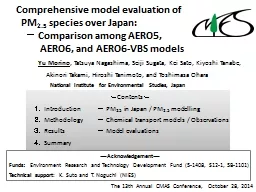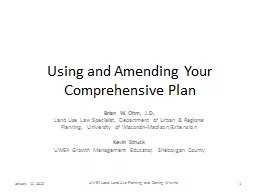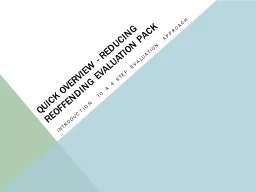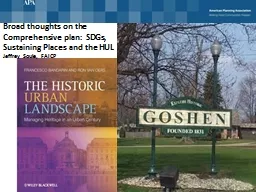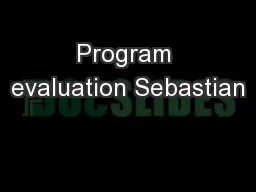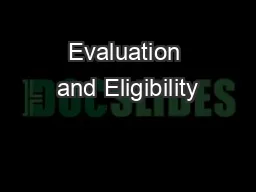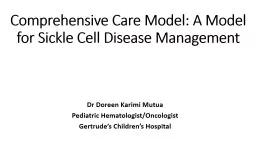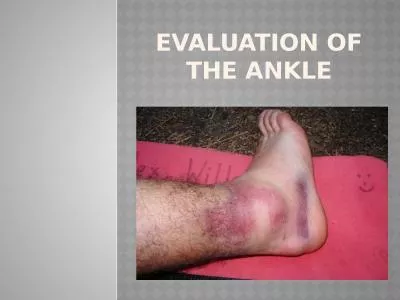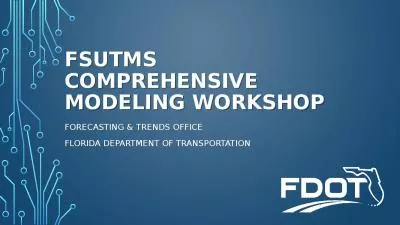PPT-Comprehensive model evaluation of
Author : tatiana-dople | Published Date : 2018-10-28
PM 25 species over Japan Comparison among AERO5 AERO6 and AERO6VBS models The 13th Annual CMAS Conference October 28 2014 ー Contents ー 1
Presentation Embed Code
Download Presentation
Download Presentation The PPT/PDF document "Comprehensive model evaluation of" is the property of its rightful owner. Permission is granted to download and print the materials on this website for personal, non-commercial use only, and to display it on your personal computer provided you do not modify the materials and that you retain all copyright notices contained in the materials. By downloading content from our website, you accept the terms of this agreement.
Comprehensive model evaluation of: Transcript
Download Rules Of Document
"Comprehensive model evaluation of"The content belongs to its owner. You may download and print it for personal use, without modification, and keep all copyright notices. By downloading, you agree to these terms.
Related Documents

